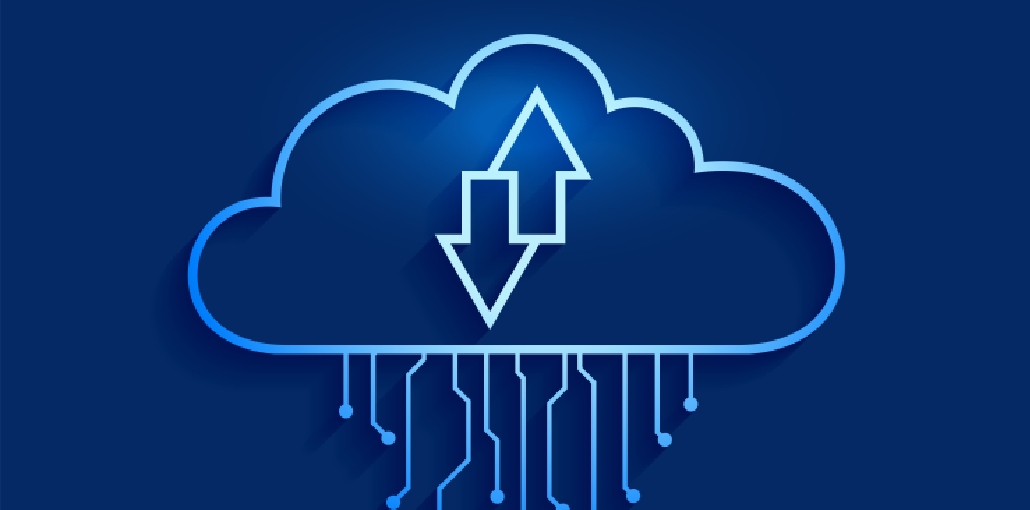Cloud technology is the backbone of emerging technologies such as artificial intelligence (AI), IoT edge computing, containerization, and containerization. To avoid spiraling costs, security breaches, and other compliance issues, organizations must prioritize cloud management.
Cloud adoption has been greatly accelerated by the COVID-19 pandemic. Many businesses have switched workloads from their on-premise servers to the cloud in order to support remote work. In the same way, companies are creating more data than ever thanks to machine learning and AI technologies.
Much of this data is also stored in the public cloud. The explosion in cloud service demand is not slowing down, so it’s not surprising. Gartner predicts that the global end-user spending on public cloud services will increase by 23.1% to $332.3 Billion in 2021.
It’s not always easy. It becomes more difficult for teams to effectively manage cloud infrastructures as they grow in complexity and size. This can have significant cost, security, and compliance implications. According to Accenture, an astronomical 30% of organizations’ cloud spend is currently wasted.
Also read: How Internet of Thing (IoT) Works Without Cloudless
What can you do to avoid common cloud management pitfalls
See the Big Picture
It is crucial to gain complete visibility into your current situation before you take steps to improve your cloud management practices. To identify areas where you are spending too much, it is important to know your costs history, audit trail, and CPU utilization patterns.
Plus, make sure you’re using tagging consistently. It is important to have a well-defined policy for tagging across the organization. This will allow you to visualize spending by category. It is a good idea to create alerts that are activated when an instance launches without tags. This will prevent any possible oversights.
Develop a Change Management Process
No more rigid change management processes that were handled only by IT departments. Cloud services can be acquired by business units without IT involvement.
Cloud management is about continuous integrations, delivery, and deployments. It is crucial to have a solid change management process in order to avoid spiraling costs and possible compliance violations.
You must have visibility into every infrastructure change to be able to manage it effectively without slowing down delivery. Automating at least a portion of the application delivery process is a good way to achieve this. Automating routine and low-risk changes will allow your developers to concentrate on more difficult projects.
It’s also worth integrating your DevOps change management process with your DevOps toolset. Collaboration tools such as Slack, Teams, and/or Jira can be used to make sure everyone is aware of changes and quickly resolve issues.
Also read: Top 5 Reasons Why Marketing Cloud Is Important For Marketers
Continuously Optimize your Cloud Infrastructure
Your work is never done when it comes to cloud management. A one-off assessment of your cloud infrastructure won’t get you far.
This is a common mistake made by many businesses that lead to relapses in their bad habits months later. It is important to keep track of everything related to your cloud infrastructures, such as costs, changes, users and permissions, and any compliance violations. It’s easier to fix an issue if you can spot it early.
You now know where to begin when improving cloud management. It can be difficult to manage all the above factors manually. This is a time-consuming task for many companies whose DevOps teams already have too many responsibilities. In recent years, a variety of cloud management tools that are SaaS-based have appeared.
These tools provide unparalleled visibility into resource usage and changes, security, compliance, performance, and compliance. They are not free. However, many businesses find that the savings they can make from such tools far outweigh any expenditures.










Leave a comment